 The following is a Washington Post article:
The following is a Washington Post article:
On a September afternoon, as the strains of Pachelbel’s Canon filled a flower-laden hotel ballroom, Melanie Lo and her father slowly proceeded past family and friends toward a huppah, the Jewish wedding canopy.
Rabbi Kenneth Block stood waiting under the white canopy with Melanie’s husband-to-be, Michael Pezzula. Next to them were a decorated ketubah (a Jewish marriage contract) and a tall, white table that held a wine glass for the Kiddush, a blessing over the wine that would be recited as Melanie, 28, and Michael, 32, drank from the same cup to symbolize the sharing of their life together.
In many ways, it looked like a typical Jewish wedding ceremony. Yet neither bride nor groom is Jewish.
The inclusion of so many Jewish traditions in the ceremony uniting Melanie, raised Episcopalian, and Michael, raised Catholic, was their way of making their wedding special, they said.
A Jewish wedding was “a refreshing departure from what everybody that is close to us is used to,” Melanie said.
Drawn to symbols
It all started with the huppah.
Melanie came across a picture of a wedding canopy while she and Michael, who were introduced by friends, were looking through photographs of other ceremonies that had been held at the Washington Marriott at Metro Center. “It was the most beautiful huppah I’ve ever seen,” she said. “I thought, ‘What am I going to do to set up the front of the room? A huppah would be perfect.’ ”
Adding Block to the ceremony also happened by chance after Michael, who was searching for an officiant online, came across Block’s site, rabbionthego.com. He was pleased by Block’s philosophy that a wedding should be about the couple, no matter their faith, sexuality or background. The rabbi even did themed ceremonies, such as a Dr. Seuss wedding.
“I showed Mel the site, and we were like, ‘This guy is awesome!’ ” Michael said.
“So, now, at this point, we have a huppah and a rabbi,” Melanie said. It seemed only natural to add other Jewish elements: the ketubah, the Kiddush, the seven blessings and the breaking of a glass at the end of the ceremony.
What had begun as a question about room decorations had evolved into a way to incorporate meaningful symbols into their wedding and create a more community-centric ceremony. “I’ve . . . been to a Catholic wedding, and they just seem boring. It’s just like church,” Michael said.
The couple considered including some traditional Chinese wedding traditions, such as a tea ceremony, but that would have been primarily for Melanie’s Chinese grandparents. “My parents raised my immediate family and [me] pretty Anglicized,” Melanie said. Besides, she added, a Jewish wedding was neutral territory.
The Pezzulas were already open to Jewish traditions. Michael, a computer software consultant, had been in the Jewish fraternity Alpha Epsilon Pi, which accepts members of all faiths, at the University of Virginia. Melanie, a technical writer, hadn’t encountered Jewish culture until moving from the South to attend the University of Maryland. She became intrigued and had even considered converting.
The Pezzulas, who now live in Crystal City, say their family and friends were initially puzzled by the wedding plans but came around quickly. The couple consulted books, Block, their wedding planner and Google to incorporate the symbols and traditions. Melanie also turned to a Jewish college friend, Andrea Cohen, for advice. “It was fun teaching her what the huppah symbolized, and I was touched when she said she was painting her own ketubah,” Cohen said.
Block said the Pezzulas aren’t the only non-Jewish couple he has married who have incorporated Jewish customs into their ceremony. “This is a new generation with open minds that sees no one has a monopoly on God,” he said.
But Jonathan Stein, president of the Central Conference of American Rabbis, expressed some concerns. While the practice “speaks to the acceptances of Jews and Jewish traditions in American society,” he said, it might be offensive to Jews who believe that a wedding ceremony signifies the union of two people who intend to establish a Jewish life.”
Stein added, “People incorporate all kinds of rituals into their ceremony. . . . But the question becomes: Do you understand what you’re doing?”
“I hope we didn’t offend anyone,” Melanie said. “It just seemed like a beautiful way to celebrate a marriage.”
Traditions explained
After Melanie took her place next to Michael under the huppah, Block explained the symbolism of the canopy to the predominantly non-Jewish guests, who had also picked up brochures outlining the Jewish traditions.
“This is the home that you two are creating together,” he said. “A house is a house, but a home is a place where family and friends gather.”
Two friends came up to witness the signing of the ketubah, which bore an image of two birds together on a tree branch.
Melanie and Michael recited the vows they had written, exchanged rings and listened to Block read their adaptation of the seven blessings, which included a prayer that they be better together than apart.
At the end of the ceremony, Block placed a glass wrapped in a white cloth on the ground under the huppah. The groom would step on the glass to remind the couple and their guests that love is fragile and must be protected.
Keeping the tone light, Block said, “When the glass is broken, we shout ‘Mazel tov!’ and that means the ceremony is over and the bar is open.”
Michael paused for a second, preparing himself for the moment in the ceremony he had most looked forward to, then stomped on the glass. A resounding boom echoed throughout the hall.
The crowd jumped to its feet and cheered, shouting “Mazel tov!”
(Source: Washington Post)




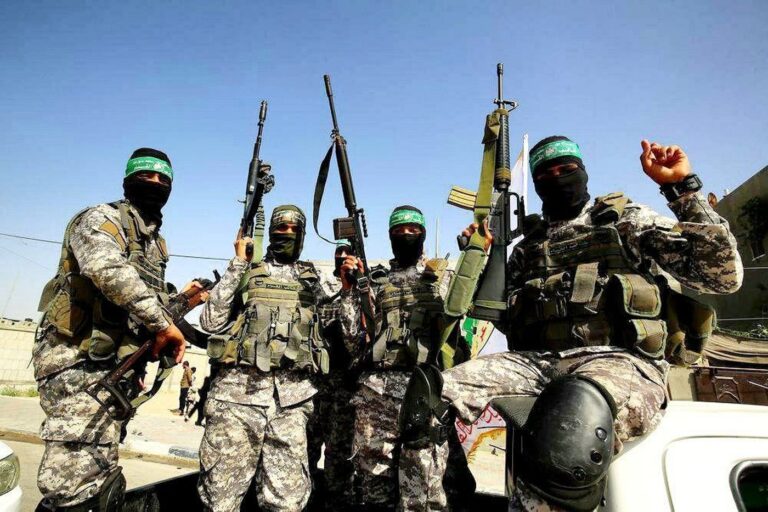

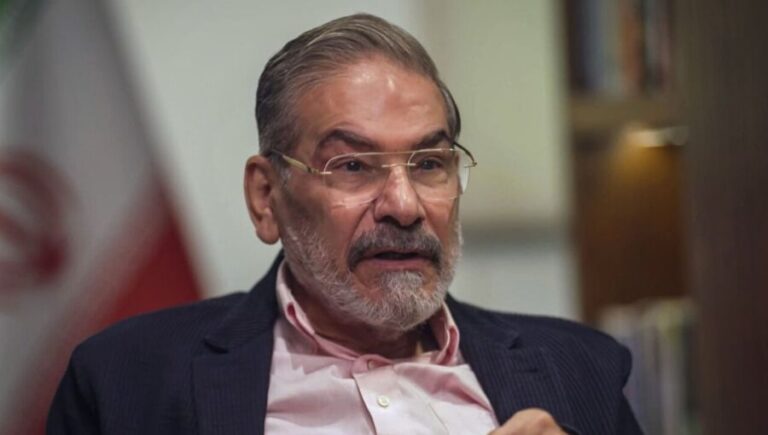
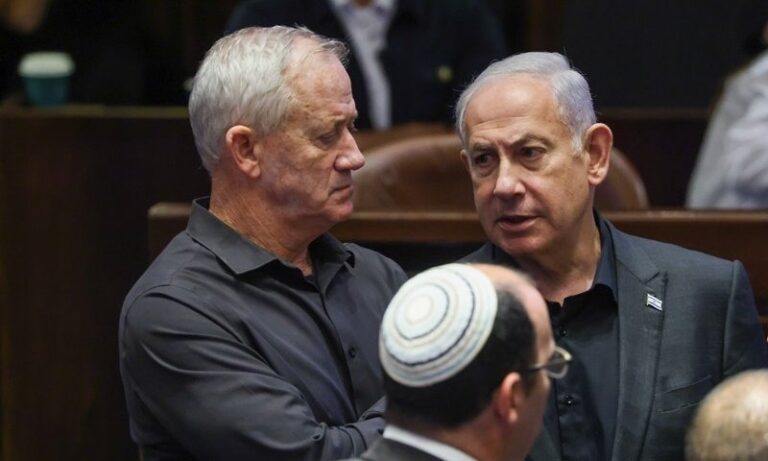

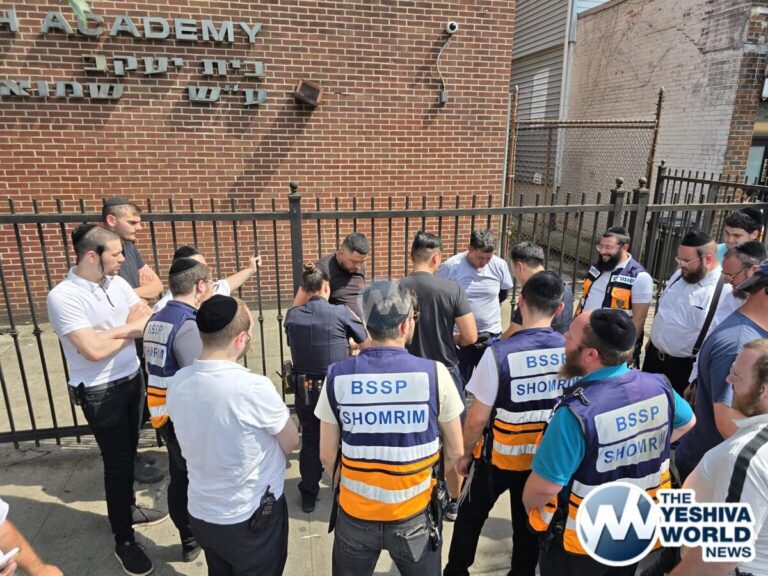
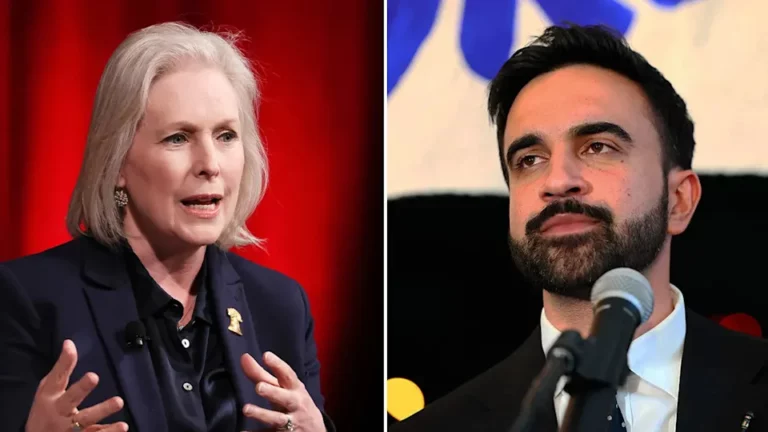
14 Responses
Mazel Good!!!!! nu did they have a shmorg???
the “rabbi” Is reform or worse why publish this sort of thing
Shabbat Shalom
Shame on this so called Rabbi, he is the lowest one can get, did the the Chosen say “harey at…k’das moshe v’yisroel”
Hey Rabbi, do you believe that Chupah and Kedushin is just a plain joke
What can you say…
If this guy is a ‘rabbi’ then I am the pope.
All I can say is to quote Charlie Brown – “Good grief!”
This self called rabbi obviously thinks lewis marriage has no deep meaning and is kid play. Must be he never married according to jewish law he couldn’t have had the real chupa V’kedushin. One thing for sure if he said the brochos It’s 2 real brocho levatollo. Woe to him.
They did not have a Jewish ceremony they had a jewish style ceremony because they thought it was beautiful. I have to agree with that. It is beautiful. The Rabbi is no better than an actor except that he is an officiant and that is what they needed. They wrote their own vows, and their own interpretation of the Ketubah and sheva brochos. The glass they broke did not symbolize the churban it symbolized the fragility of marriage.
It is a nod to the beauty of Jewish traditions and I accept the compliment.
Thank you Father AinOhdMilvado…LOL
I heard there was a mitzvah tantz.
Oy – what next?
Actually a large number of goyish questions in religious matters are copies from Jews, so this is just another example of ideas from one cultures travelling to another. You see similar things in the other directions (Jews wearing tuxedos at weddings or the woman giving the man a ring – among even Orthodox Jews the idea of a “honeymoon” has made the cultural jump, even with necessary halachic modifications – such as waiting a few weeks). It should be noted that in a country where meeting religious requirements is part of getting married, their marriage would be invalid under the ecclesiastical (canon) law of the country as not conforming to the rules of a recognized religious group – but that’s not an issue in America.
Another example, in the same direction as the article, would be the increased adoption of the concept of “yihud” among goyim (to avoid malicious accusations of sexual harrassment). Non-Jews doing some sort of “seder” around Pesach are increasingly common (they consider Taanach to be part of their history as well).
This article is really not of halachic interest, but from an anthropological perspect is fascinating.
It means nothing to us. I don’t see why Jews should be offended that the couple used some of our “traditions” (for want of a better word.) I think it’s sweet. What IS offensive is the “Rabbi.” Feh.
nice picture of the Chuppah, very similar to the one used on the home page of Twice Ki Tov (www.twicekitov.com)
tizku l’mitzvos
Right on, AinOhdMilvado !
According to the web site of this “rabbi,”
he performs interfaith and GLBT weddings, too.
So there’s no surprise that he did this wedding, also, and themed ceremonies, such as a Dr. Seuss wedding.
I wonder what the “ketubah” says?
About the ‘Rabbi’, I quote: “and we were like, ‘This guy is awesome!’ ”
The first definition of “awesome” in Wiktionary fits this ‘Rabbi’ perfectly: (and I quote) “Awesome: Causing awe or terror”